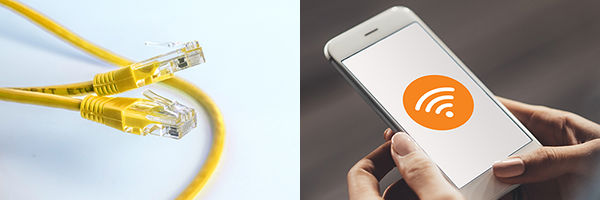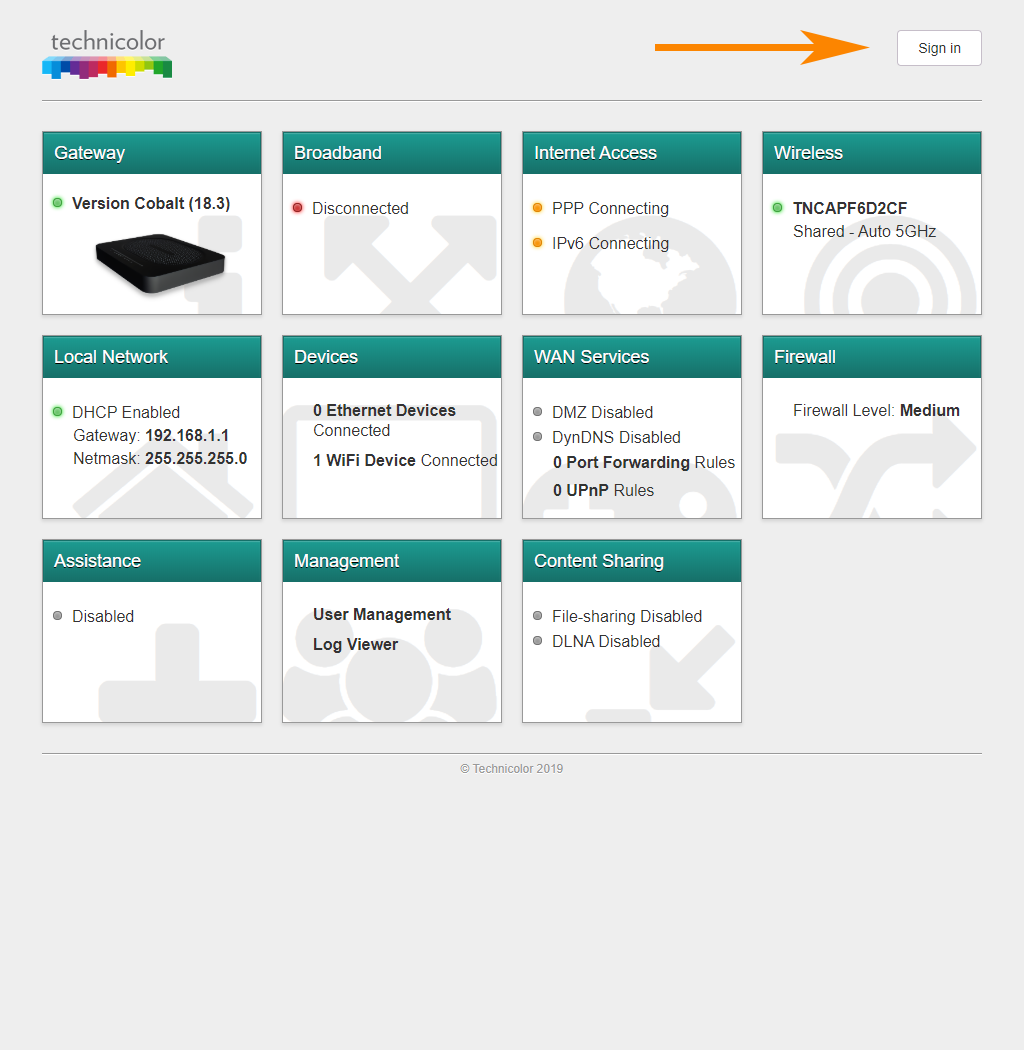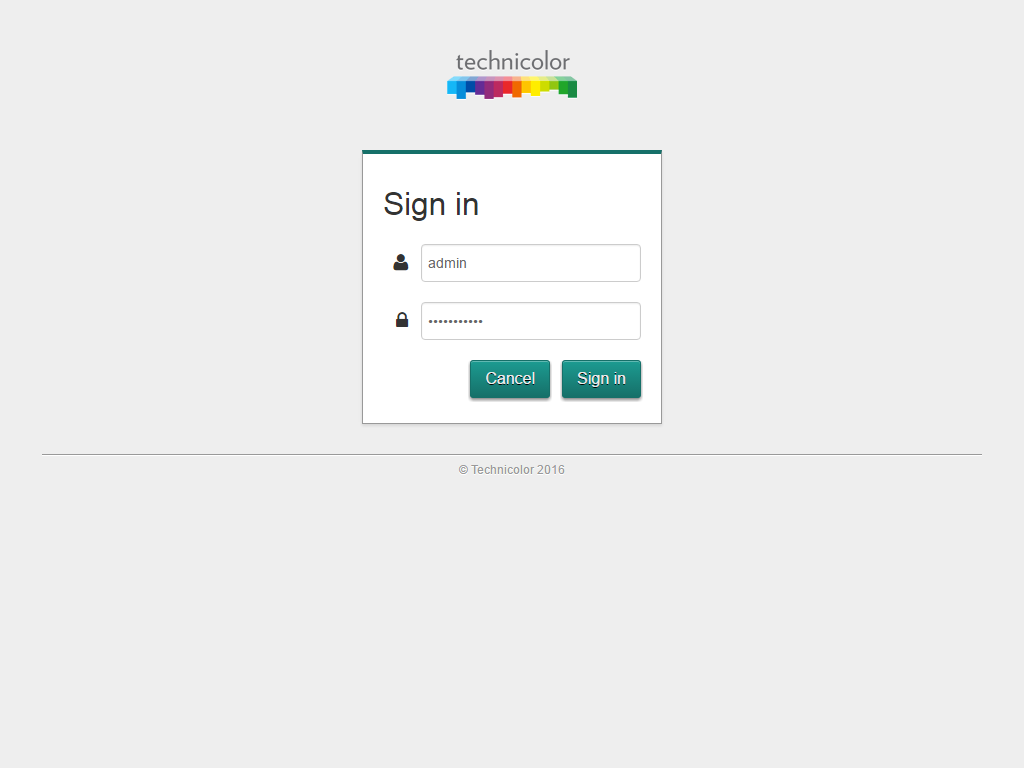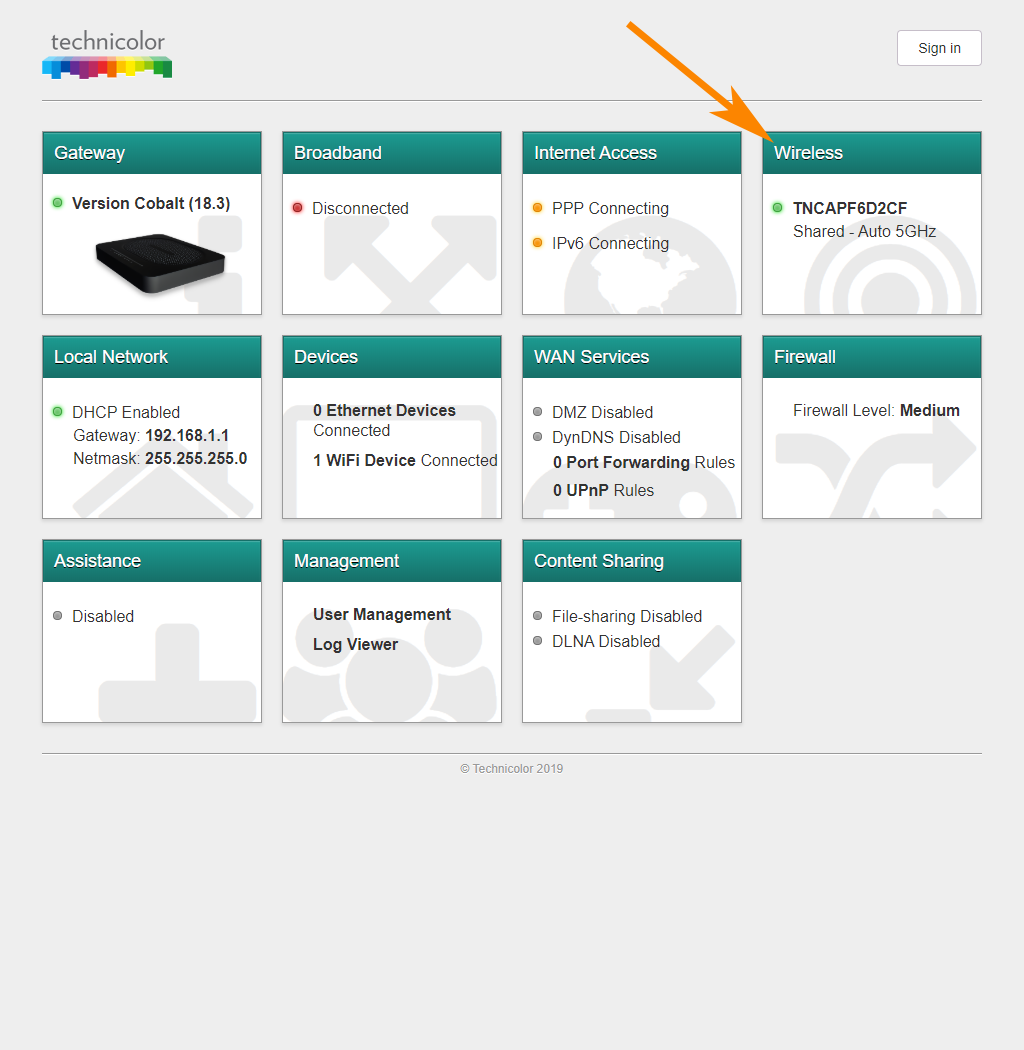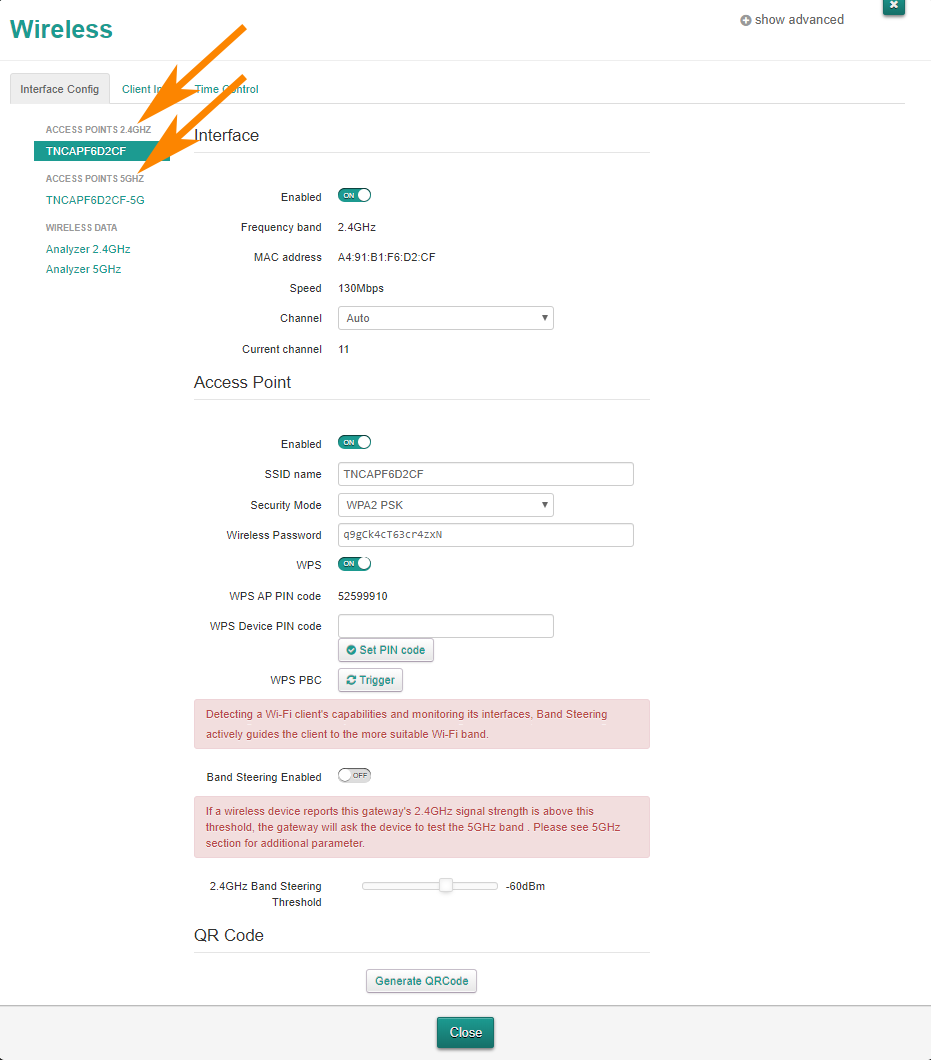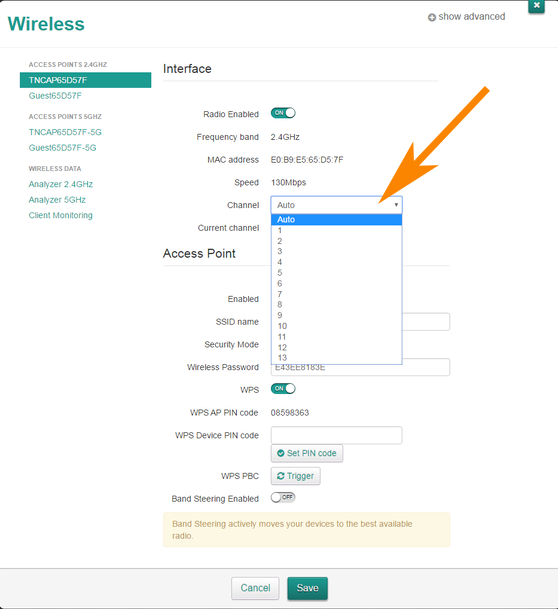How do I change the wireless channel on a Technicolor DGA4231 or DWA0120 router? (1)
Written by KCOM Support on 11/06/2025. Posted in Broadband.
Your router can broadcast on different wireless channels. If your neighbour's router is using the same channel as you, this can interfere with your signal and cause some problems.
Changing the wireless channel on your router may help improve your wireless connection, but it could potentially cause more issues while band-steering is enabled. For this reason, we recommend turning off band-steering first by following these instructions.
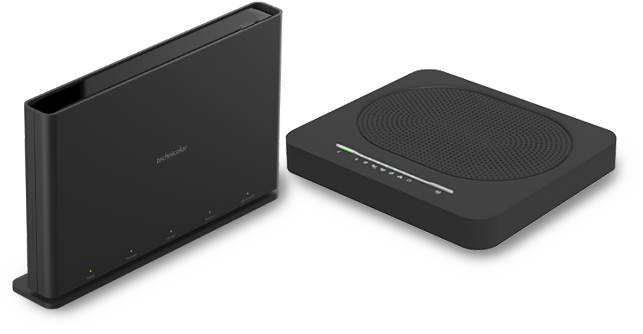
First, Some Things You Need to Know
- Our DGA4231 and DWA0120 Technicolor routers are dual band, which means they have two wireless frequencies: 2.4GHz and 5GHz. However, as band-steering is enabled by default, you will only see one wireless name to connect to.
- Changing the wireless channel while band-steering is turned on isn't recommended as you're not going to know whether this has fixed the problem - the router could end up pushing all devices onto the other band to compensate. For help turning off band-steering, see this article.
- We highly recommend using the router's built-in Wi-Fi Analyser so you can choose a channel with the least interference.
Changing the Wireless Channel
- Connect a device to your Technicolor router using an Ethernet cable (recommended) or Wi-Fi.
![Connect to Ethernet or Wi-Fi]()
- Open a new web browser and type 192.168.1.1 into your address bar and press Enter or Go.
![19216811_0border.png]()
- You should now see a Technicolor screen with a number of different tiles. Select Sign In at the top right.
![Sign In]()
- Type in your username and password to sign in. The username will be admin and the password will be what you set it to when you first ever logged into the router. If you're logging into the router for the first time, the password will be admin or the access key on the bottom left of the label on the back of your router. Select Sign in.
Having trouble logging in?
It's possible your password is your Access Key, which can be found on a sticker underneath your router. If you've changed your password but can't remember it, you'll need to factory reset your router.
![Login]()
- Select the Wireless tile.
![Wireless Tile]()
- Next, select the network name under either the Access Points 2.4GHz or Access Points 5GHz headings.
![Wireless Channel Change]()
- Find the setting called Channel. This will usually be set to auto as your router will try to automatically switch to a channel with less interference.
- For 2.4GHz, try channels 1, 6, or 11 to begin with. For 5GHz, work your way upwards in fours from 36 (40, 44, 48, etc).
- If you continue to have problems, work your way through the channels one by one. Some devices (especially in the UK) don't work with channels 12 and 13 on 2.4GHz, or higher channels (50 or above) on 5GHz, so it might be worth skipping those channels.
- 5GHz isn't as congested as 2.4GHz, so it's usually easier to find a channel that works. However, the range of 5GHz doesn't extend as far as 2.4GHz.
- Please bear in mind that you may not notice an immediate difference, so you may need to try each channel for at least 15-20 minutes. The Speed value (above the Channel setting) will change depending on the quality of the signal being broadcast by your router.
![Wireless Channels]()
- Once you've chosen a channel, select Save at the bottom to apply your changes. To see if your wireless connection is now working, use the internet as you normally would. If you find you're still having occasional issues, you may need to change your channel again.
Remember
You may not notice an immediate difference, so you may need to try each channel for at least 15-20 minutes.
Was this article useful?

